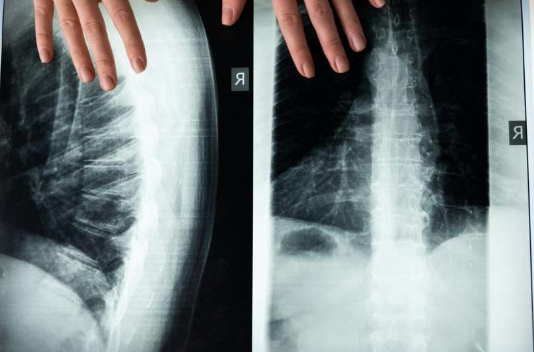Back pain is an incredibly common condition, affecting millions of people worldwide each year. While most episodes of back pain resolve on their own with rest and conservative care, there are cases where the discomfort…
Research conducted by The Ohio State University Wexner Medical Center and College of Medicine, in collaboration with scientists from Charité—Universitätsmedizin Berlin, reveals that hospital-acquired pressure ulcers significantly worsen neurological recovery in patients with acute spinal cord injury (SCI).
Historically, it has been well-known among surgeons that patients who develop infections may encounter complications in wound healing post-surgery. In the context of spinal cord injury, infections typically manifest in the lungs or bladder; however, skin integrity can also deteriorate.
Dr. Jan M. Schwab, MD, Ph.D., co-corresponding author of the study, states that pressure ulcers frequently appear in spinal cord injury patients during their initial hospitalization, affecting nearly half of those admitted. These ulcers are often overlooked as potential sites of immunological compromise, even though they can harbor bacteria that may enter the bloodstream.
The study’s findings were published in the journal JAMA Network Open and involved a substantial cohort of 1,282 individuals with spinal cord injuries. Among these, 594 participants (about 45.7%) developed pressure ulcers during their hospitalization at 20 centers across the United States.
The results indicate that patients who experienced pressure ulcers had less motor function recovery after one year compared to their peers, along with poorer outcomes in terms of independence in daily living activities. Dr. Schwab, who is also involved with Ohio State’s Belford Center for Spinal Cord Injury, underscores this correlation, noting that inflammatory responses from pressure ulcers might interfere directly with recovery at the spinal injury site.
Dr. Schwab emphasizes the critical need for designated neurological rehabilitation facilities such as the Ohio State Dodd Rehabilitation Hospital to implement specialized standards aimed at preventing pressure ulcer development in acute spinal cord injury patients. His research suggests that preventing these ulcers can play a crucial role in safeguarding patient health and enhancing medical care delivery.
The multi-center study followed participants from 1996 to 2006, with data evaluated up to 2016. Key eligibility criteria included acute traumatic cervical SCI that resulted in significant motor impairment as assessed by the American Spinal Injury Association (ASIA) impairment scale.
Previous research efforts by Schwab’s team have established that patients with spinal cord injuries often face immune system challenges that increase their susceptibility to infections such as pneumonia, which can hinder neurological recovery further.
Schwab queries whether the existence of an inflammatory condition like a pressure ulcer—over and above the primary spinal cord injury—could detract from healing efforts. He serves as the William E. Hunt, MD & Charlotte M. Curtis Chair in Neuroscience at Ohio State, where he continues to investigate these phenomena.
The study zeroes in on pressure ulcers developed during initial care interventions for spinal cord injuries, whether before or after surgical procedures.
The primary objective of the study was to measure changes in the ASIA motor score one year post-injury. Secondary objectives included tracking the Functional Independence Measure (FIM) motor outcomes over the same period and monitoring mortality rates for up to a decade.
Co-corresponding author Dr. Marcel Kopp, a clinical scientist at the Department of Experimental Neurology at Charité, adds that patients who develop pressure ulcers endure greater long-term disabilities and a heightened risk of mortality. This research highlights the imperative for proactive prevention strategies to enhance the care trajectory for patients suffering from spinal cord injuries.
The findings advocate for increased awareness and specialized care models focused on reducing the incidence of pressure ulcers in acute spinal injury patients, with aims to ultimately promote better patient outcomes.
For complete details on the study, refer to Marcel A. Kopp et al., “Hospital-Acquired Pressure Ulcers and Long-Term Motor Score Recovery in Patients With Acute Cervical Spinal Cord Injury,” published in JAMA Network Open.

